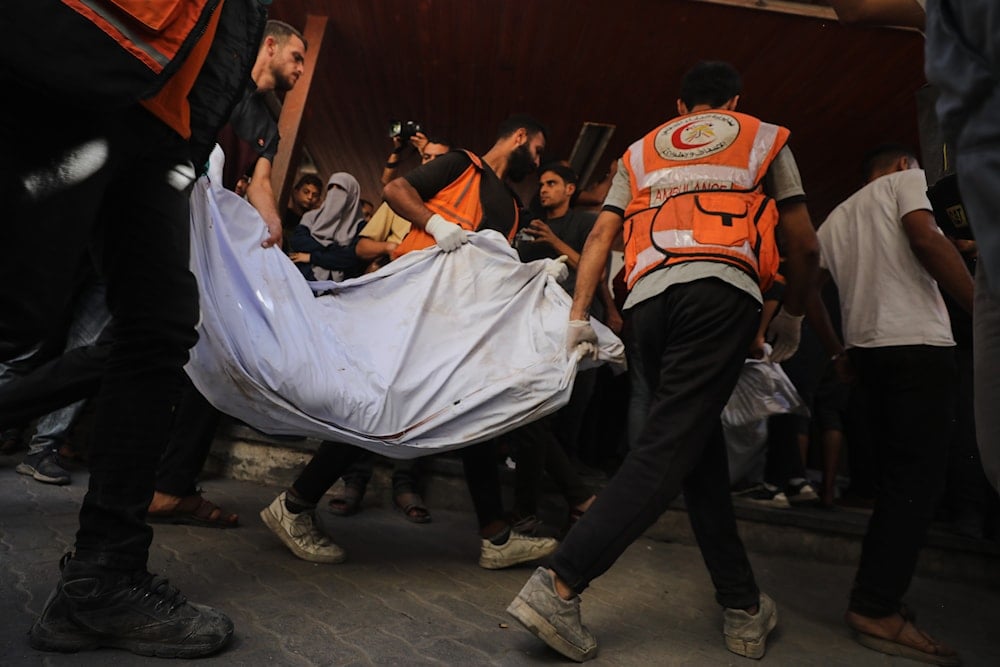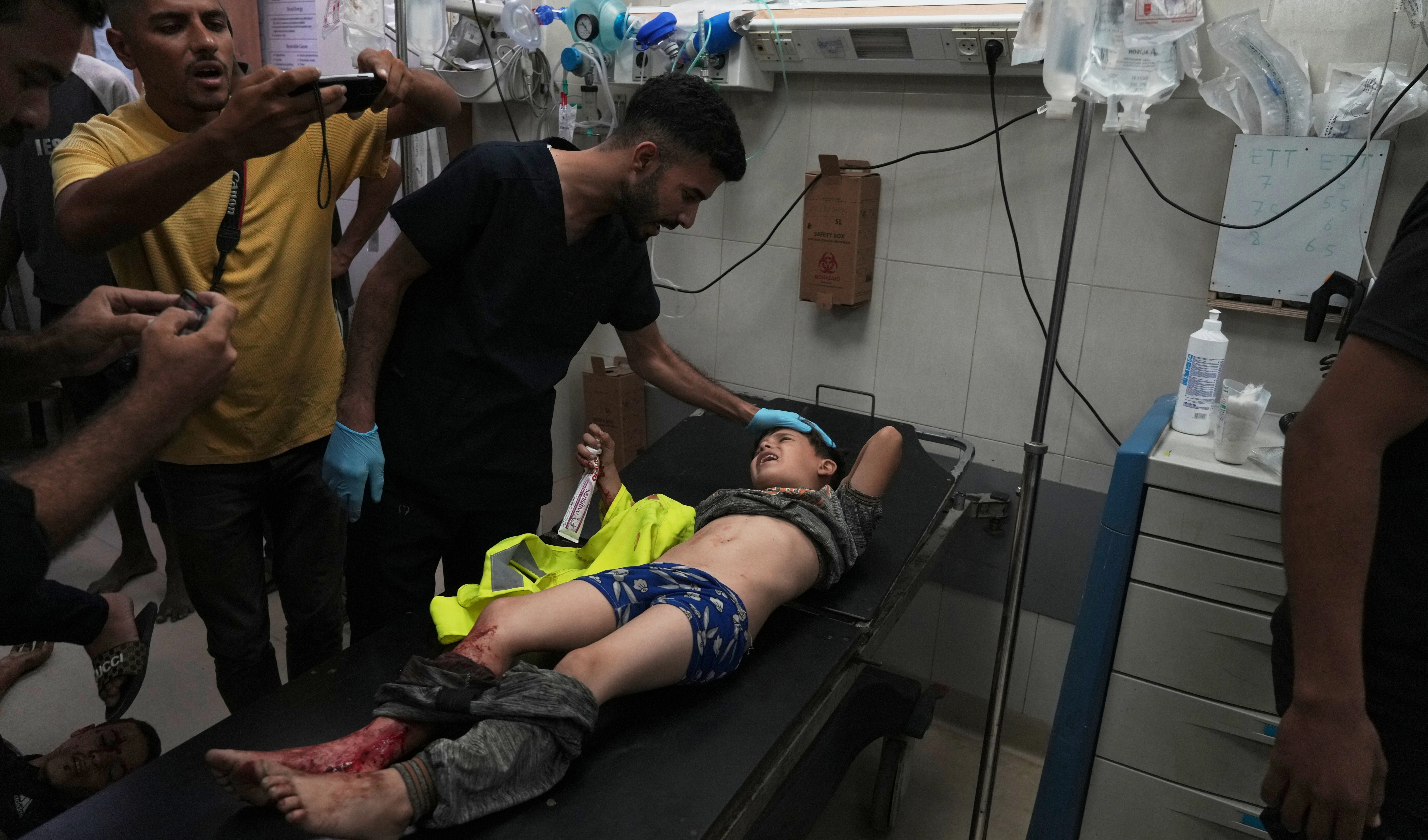Gaza hospitals receive 18 martyrs, 3 wounded in 24 hours
At least 18 Palestinians were martyred and three were injured in the past 24 hours as Israeli aggression on Gaza continues.
-

The bodies of Palestinians, killed by Israeli fire, are brought to Al Ahli Hospital in Gaza City, on October 18, 2025 (AP Photo/Yousef Al Zanoun)
The Palestinian Ministry of Health in Gaza reported on Saturday that 18 martyrs and three injuries occurred during the past 24 hours as a result of the ongoing Israeli aggression on the Gaza Strip. According to the Ministry's daily statistical report, 10 of the martyrs were recovered from under the rubble, while eight were killed in direct attacks carried out by the occupation.
The total number of martyrs since the beginning of the aggression on October 7, 2023, has risen to 68,159, with at least 170,203 others injured.
🚨BREAKING: A new breach is happening right now: Israeli airstrikes on Rafah, southern Gaza.
— Gaza Notifications (@gazanotice) October 19, 2025
🚨According to Gaza’s Government Media Office, since the ceasefire, Israel has carried out 47 violations, resulting in 38 Palestinians killed and 143 injured. pic.twitter.com/g43iZnmccU
Despite the ceasefire declared on October 11, 2025, Israeli violations have persisted. Since then, hospitals have received 35 martyrs and 146 injuries. Additionally, civil defense crews have managed to recover 414 bodies.
The Ministry also confirmed that it has received 15 unidentified bodies previously held by the occupation, bringing the total number of bodies retrieved in stages to 150. These were returned in five separate batches: 45, 45, 30, 15, and 15.
Gaza after the war
A new report by the Arava Institute warns that Gaza’s water, sanitation, and energy infrastructure is on the verge of total collapse after nearly two years of war. With 69% of the infrastructure damaged, over two million Palestinians face severe humanitarian and environmental risks.
The report notes that 93% of households suffer water insecurity, with access reduced to just 8.4 liters per person daily, well below the WHO’s 15-liter emergency threshold.
All wastewater plants have shut down, forcing raw sewage into makeshift lagoons that threaten to contaminate homes and the coastal aquifer. Power generation has fallen by over 80%, causing outages of up to 22 hours a day and leaving humanitarian operations dependent on diesel generators.

 2 Min Read
2 Min Read











